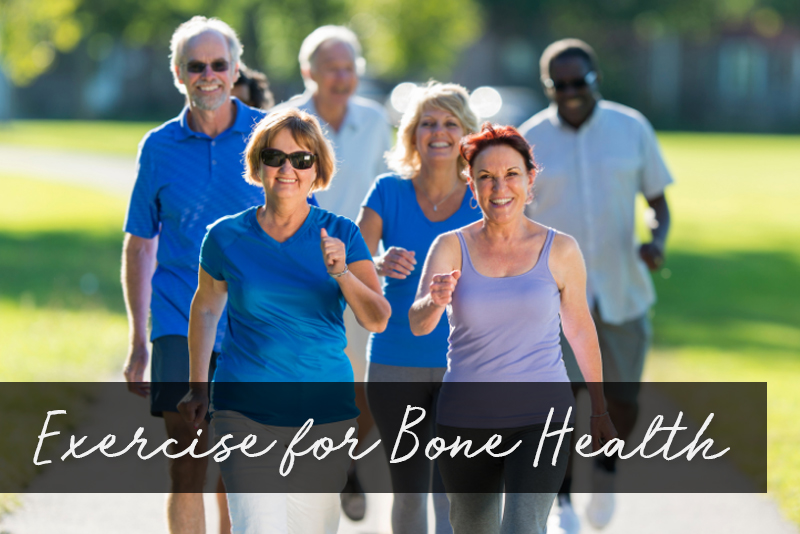Definitions:
Piezoelectric Effect is defined as “The ability of certain materials to generate an electric charge in response to applied mechanical stress.”
Osteoblasts are cells that build bone..
Osteoclasts are cells that break down bone
You may have heard that exercise builds bone, but how does it really do that? At the cellular level, bone renewal is stimulated and directed by electromagnetic, piezoelectric micro-currents during movement.
This pulse directs the bone osteoclasts to break down old bone and guides osteoblasts to create new bone matrix. When bone is loaded with external resistance (for example, lifting a weight) and we repeat this activity over a long duration (months to years), the osteoblasts slowly add minerals like calcium, magnesium and phosphorous to existing bone. There are lines of stress that are produced by application of load on the bone and these mineral additions (forming hydroxyapatite crystals) occur along these lines. When the bone crystals are bent under this external load, the aforementioned piezoelectric effect takes place; and the charge stimulates bone cells to initiate the process of reinforcing the bone’s architecture.
On the other hand, muscle atrophy correlates well with osteopenia (weak bones), and this correlates well with how sedentary a person is, how well they sleep and the quality of their diet. At any age, weight bearing, cardio- and coordination enhancing exercises result in bone and muscle renewal and rebuilding. Even an hour a day of walking or equivalent moving practices may be sufficient but necessary for activating renewal of healthy bones.
Here are a few exercises to try:
- You can walk at a variety of paces. Begin slowly and build up. One approach is to walk for five minutes on the first day and add a minute daily. If you do that, in 10 days you will be walking 15 minutes, and in a month, more than a half-hour. By the end of the second month, if you wish, you could be walking for an hour a day.
- Jumping Jacks. Remember this exercise from grade school? This is an easy total-body workout that can be done in a small space. Start with 10 daily, and you can work up to as many as 25.
- Hatha Yoga. Hatha yoga can be understood as a series of postures and positions involving mindfulness and stretching that was developed in India millennia ago. These postures stretch and strengthen muscles and ligaments, joints and tendons, organs and systems. Find a class near you, or practice along with one of the many YouTube videos for beginners.
As always, check with your doctor or healthcare practitioner to see what exercise is best for you. As the adage says, “use it or lose it.” This can also be paraphrased to “Use bone or lose bone.” So whatever your exercise of choice, get moving to keep your bones healthy and strong.
Did you enjoy this post? We post new content regularly! Click here to see our latest blog posts.


